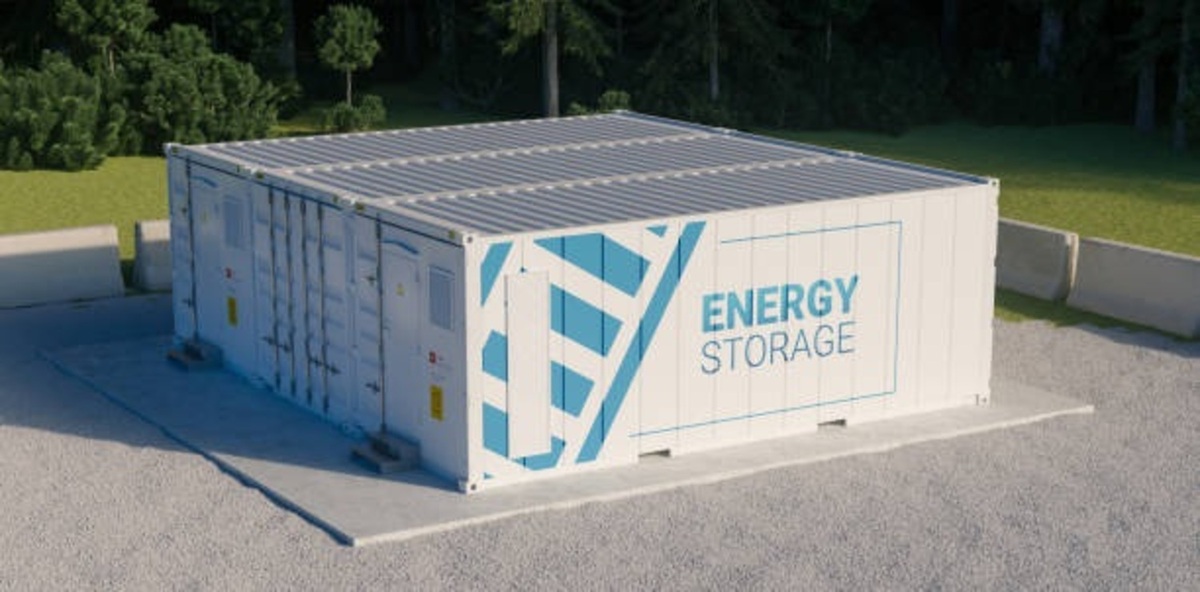off-grid solar-powered lighting has emerged as a shining beacon of brilliance. These innovative systems are changing the way we think about lighting, and they offer a glimpse into a brighter, more sustainable future.
Shedding Light on Off-Grid Solar Power
Off-grid solar-powered lighting systems are a remarkable fusion of renewable energy and cutting-edge technology. They are designed to provide illumination in areas where conventional electricity sources are scarce or non-existent. These systems work by capturing the energy of the sun during the day and storing it in batteries for use during the night.
Benefits Off Grid Solar Lighting
Off-grid solar lighting brings with it a plethora of advantages, making it a brilliant choice for a wide range of applications:
Environmentally Friendly: Solar lighting systems generate electricity without emitting harmful greenhouse gases. This environmentally friendly approach reduces the carbon footprint and contributes to a greener planet.
Cost-Effective: Once the initial setup is complete, off-grid solar lighting systems require minimal maintenance and have virtually no operating costs. They are a wise long-term investment that can lead to substantial savings.
Versatility: These systems are incredibly versatile, finding applications in both urban and remote areas. From lighting up rural homes to illuminating pathways in urban parks, the possibilities are endless.
Energy Independence: Off-grid solar lighting systems provide energy independence, reducing dependence on conventional power grids. This is particularly beneficial in areas with unreliable or no access to electricity.
Durability: Solar lighting systems are built to withstand harsh weather conditions. They are designed to be robust and long-lasting, ensuring that they keep shining even in challenging environments.
off-grid solar-powered lighting is steadily growing, and the future looks exceptionally bright. Technological advancements continue to improve the efficiency and affordability of these systems, making them an increasingly viable and attractive choice.





